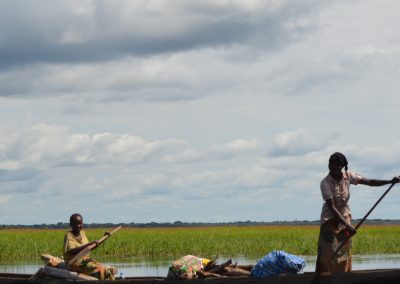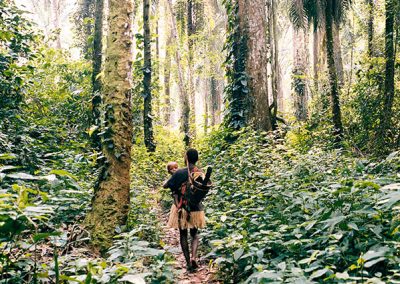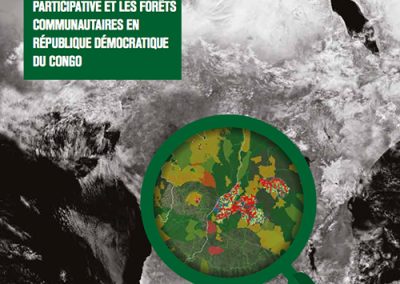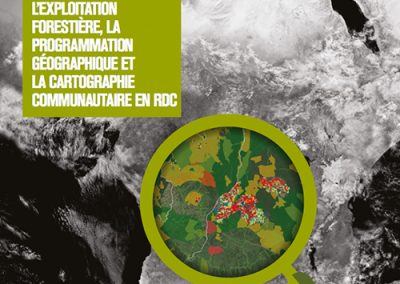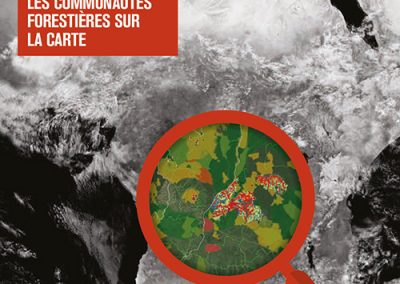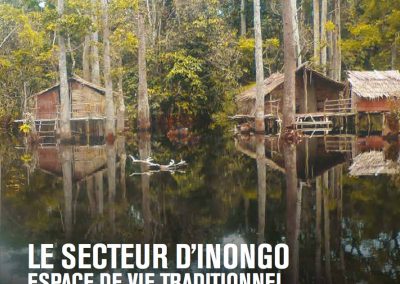Resources
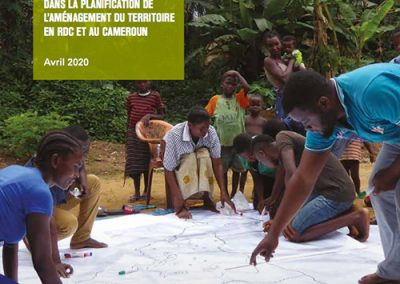
CARTOGRAPHIER L’AVENIR : VERS UNE PARTICIPATION RÉELLE DES COMMUNAUTÉS FORESTIÈRES DANS LA PLANIFICATION DE L’AMÉNAGEMENT DU TERRITOIRE EN RDC ET AU CAMEROUN
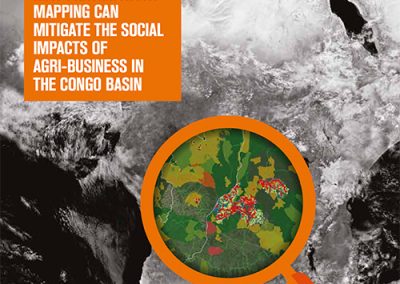
Sécuriser les terres: Comment la cartographie participative peut atténuer les impacts sociaux de l’agroindustrie dans le bassin du congo
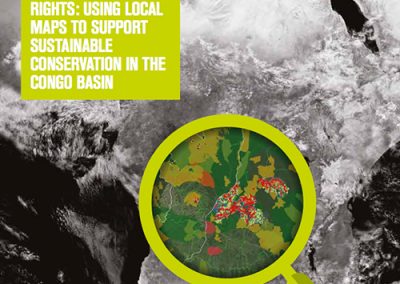
Aires protégées et droits communautaires: Uitliser les cartes participatives pour soutenir la conservation durable dans le Bassin du Congo
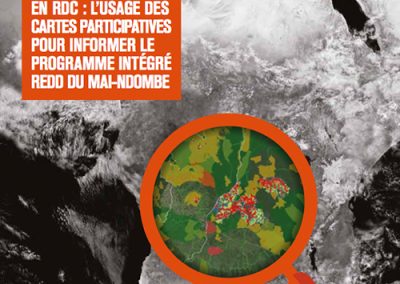
REDD et les Droits Communautaires en RDC: L’usage des Cartographie Participatives pour Informer le Programme Intégré REDD du Mai Ndombe

cropped-R-logo-favi2.png
par toma | Nov 24, 2023 |
https://www.mappingforrights.org/wp-content/uploads/2023/11/cropped-R-logo-favi2.png

R-logo-favi2
par toma | Nov 24, 2023 |

mfr-logo-english2
par toma | Nov 24, 2023 |

mfr-logo-french2
par toma | Nov 24, 2023 |

RFUK-logo-white-strapline
par toma | Nov 13, 2023 |
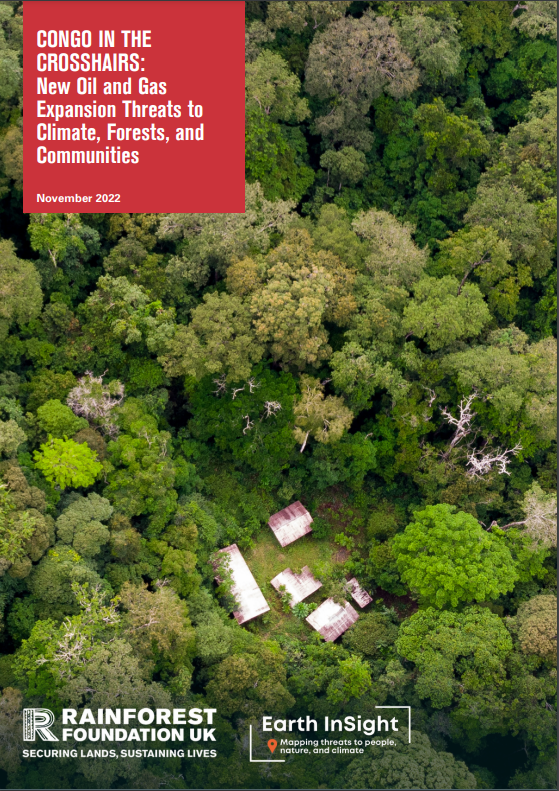
Crosshairs
par Joe Eisen | Nov 21, 2022 |
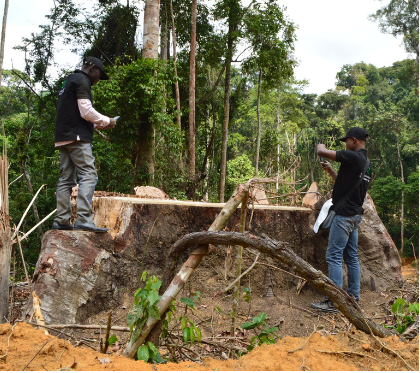
MapStoryThumnbail
par Joe Eisen | Juin 20, 2022 |

cropped-R_ORANGE_PLAIN-1.png
par Joe Eisen | Mai 4, 2022 |
https://www.mappingforrights.org/wp-content/uploads/2022/05/cropped-R_ORANGE_PLAIN-1.png

cropped-R_ORANGE_PLAIN.png
par Joe Eisen | Mai 4, 2022 |
https://www.mappingforrights.org/wp-content/uploads/2022/05/cropped-R_ORANGE_PLAIN.png

R_ORANGE_PLAIN
par Joe Eisen | Mai 4, 2022 |
